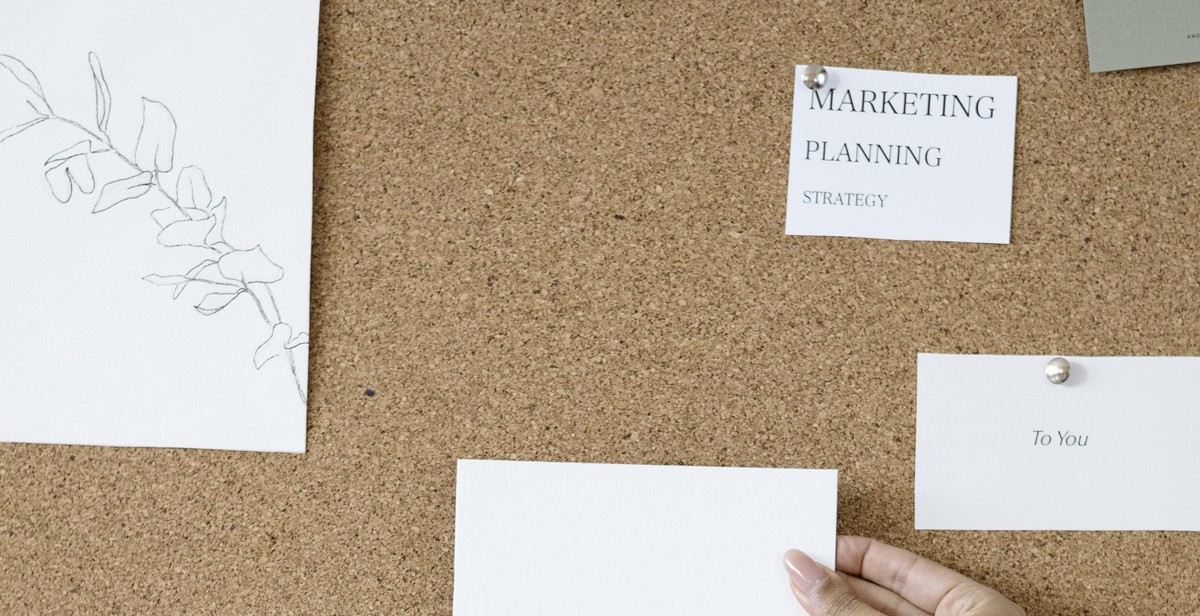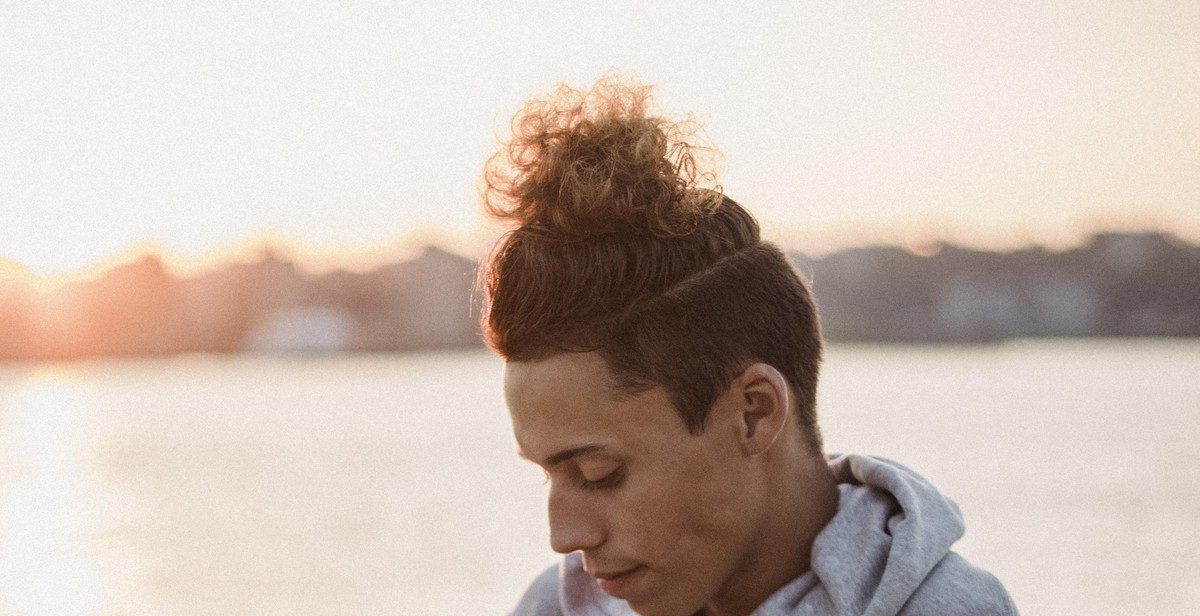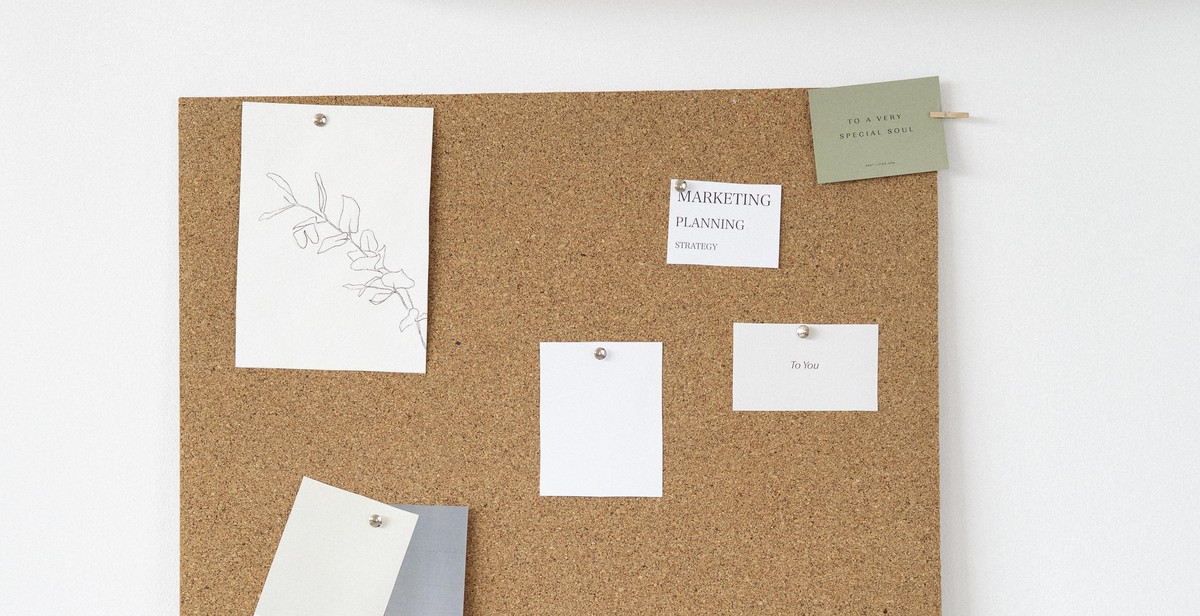How to Create a Mood Board: Visualizing Design Inspiration
Designers and creatives often need a starting point to conceptualize their ideas. This is where mood boards come in handy. A mood board is a visual tool that helps you organize and showcase your design ideas, concepts, and inspirations in one place. It is a collection of images, colors, textures, typography, and other design elements that communicate the desired mood or style of your project.
What is a Mood Board?
A mood board is a visual representation of your design ideas and inspirations. It is a collection of images, colors, textures, typography, and other design elements that help you communicate the desired mood or style of your project. Mood boards are commonly used in the design industry to help designers and creatives conceptualize their ideas and communicate them to clients or team members. They are also useful for ensuring that everyone involved in the project is on the same page regarding the design direction.
Creating a mood board is an essential step in any design project, whether you are designing a website, a logo, or an entire brand identity. It helps you visualize your ideas and explore different design directions before committing to a final design.

Why Use a Mood Board?
If you are a designer, artist, or creative professional, you may have heard of a mood board. A mood board is a visual tool that helps you gather and organize ideas, colors, textures, patterns, and other design elements to create a cohesive and inspiring design concept. Mood boards can be used for various projects, such as branding, web design, interior design, fashion design, and more.
Benefits of Using a Mood Board
Using a mood board can provide numerous benefits, such as:
- Visualizing ideas: A mood board allows you to see your ideas in a visual format, making it easier to understand how they fit together and how they can be improved.
- Organizing inspiration: A mood board helps you organize your inspiration in one place, making it easier to access and use when you need it.
- Communicating with clients: A mood board can help you communicate your design concept to clients, allowing them to see your vision and provide feedback before you start the actual design process.
- Staying on track: A mood board can serve as a guide throughout the design process, helping you stay on track and ensuring that your final design matches your original vision.
- Encouraging creativity: A mood board can inspire creativity and encourage you to think outside the box by exposing you to new ideas and design elements.
Overall, using a mood board can help you save time, improve your design process, and create more effective and visually appealing designs.
Conclusion
Now that you understand the benefits of using a mood board, it’s time to start creating your own. In the next section, we’ll explore how to create a mood board step-by-step.

How to Create a Mood Board: Visualizing Design Inspiration
A mood board is a visual representation of your design concept, used to capture your ideas and inspiration in one place. It is an essential part of the design process, as it helps you to define your project and communicate your vision to others. In this section, we will guide you through the process of creating a mood board, step by step.
1. Define Your Project
The first step in creating a mood board is to define your project. What is the purpose of your design? Who is your target audience? What are their needs and preferences? Answering these questions will help you to create a mood board that accurately reflects your design concept.
2. Gather Inspiration
The next step is to gather inspiration. Look for images, colors, textures, and patterns that inspire you and relate to your project. Pinterest, Instagram, and design blogs are great places to start. Collect as many images as possible, and don’t worry about organizing them at this stage.
3. Choose Your Format
Once you have gathered your inspiration, it’s time to choose your mood board format. You can create a physical mood board using a corkboard, foam board, or poster board, or you can create a digital mood board using software like Canva, Adobe Photoshop, or InDesign. Choose the format that works best for you.
4. Select Your Images and Text
Now it’s time to select the images and text that you want to include in your mood board. Choose the images that best represent your design concept, and add any text or quotes that you feel are relevant. Don’t be afraid to experiment with different combinations and layouts.
5. Organize Your Elements
Finally, it’s time to organize your elements. Arrange your images and text in a way that tells a story and communicates your design concept. Play around with different layouts and compositions until you find the one that works best for you. Remember, your mood board should be visually appealing and easy to understand.
Creating a mood board is an essential part of the design process. It helps you to define your project, gather inspiration, and communicate your vision to others. By following these five steps, you can create a mood board that accurately reflects your design concept and inspires you to create great work.

Tips for Creating an Effective Mood Board
Creating an effective mood board is crucial for designers and creatives to visualize their ideas and inspirations. Here are some tips to help you create a mood board that will inspire you and your team:
1. Keep It Simple
Simplicity is key when it comes to creating an effective mood board. Avoid overcrowding your board with too many images, colors, and patterns. Instead, focus on a few key elements that represent your design concept. This will help you and your team to stay focused and avoid distractions.
2. Use High-Quality Images
The images you choose for your mood board should be high-quality and visually appealing. Avoid using low-resolution images as they can be distracting and take away from the overall look and feel of your board. Use images that are relevant to your design concept and convey the mood and tone you are trying to achieve.
3. Consider Color
Color plays a significant role in setting the mood and tone of your design. When creating a mood board, consider using a color scheme that reflects the emotions and feelings you want to convey. Use colors that complement each other and create a harmonious balance.
4. Use Contrast
Contrast is another important element to consider when creating a mood board. Use contrasting colors, textures, and patterns to create visual interest and depth. This will help your board stand out and capture the attention of your audience.
5. Mix Textures and Patterns
Textures and patterns can add depth and dimension to your mood board. Mix and match different textures and patterns to create a visually dynamic board. This will help you and your team to visualize how different elements will work together in your final design.
By following these tips, you can create a mood board that effectively communicates your design concept and inspires you and your team to create beautiful and impactful designs.

Conclusion
Creating a mood board is an essential step in the design process that helps you to visualize your ideas and inspirations. It is a powerful tool that can help you to communicate your vision to your clients or team members effectively. In this article, we have discussed the essential steps that you need to follow to create a mood board.
First, you need to gather your inspiration from various sources, including magazines, websites, and social media platforms. Then, you need to organize your ideas and inspirations into a cohesive concept that reflects the mood and theme of your project. Next, you need to choose your color scheme, typography, and imagery carefully to create a harmonious visual language.
It is essential to remember that a mood board is not a final design but a starting point that can help you to refine your ideas and make informed decisions. It is a flexible tool that can evolve and change as your project progresses. Therefore, it is crucial to keep your mood board updated and relevant throughout the design process.
By following these steps, you can create a mood board that can inspire and guide your design decisions. Whether you are a graphic designer, interior designer, or fashion designer, a mood board can help you to bring your ideas to life and create impactful designs that resonate with your audience.
So, start creating your mood board today and unleash your creativity!
